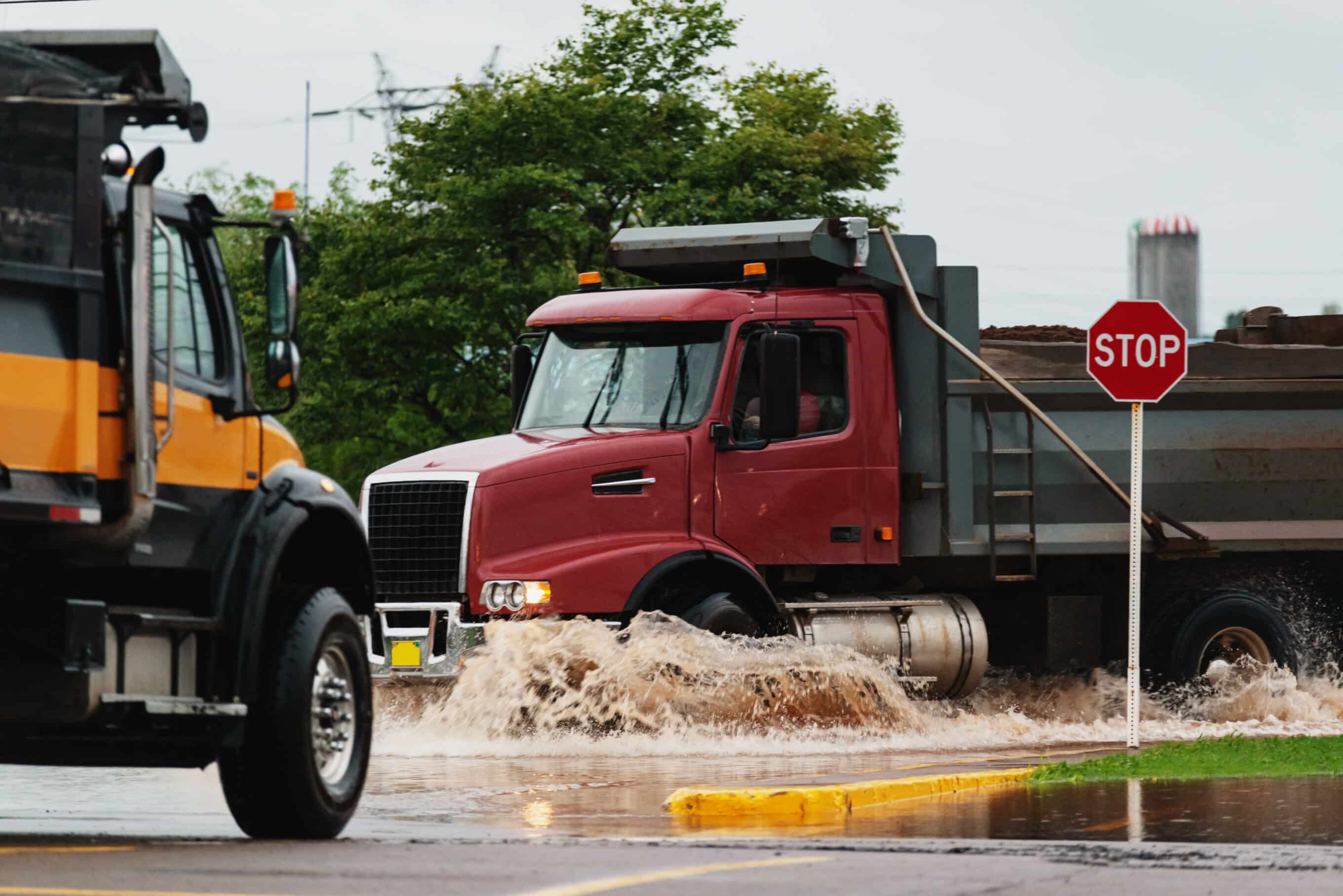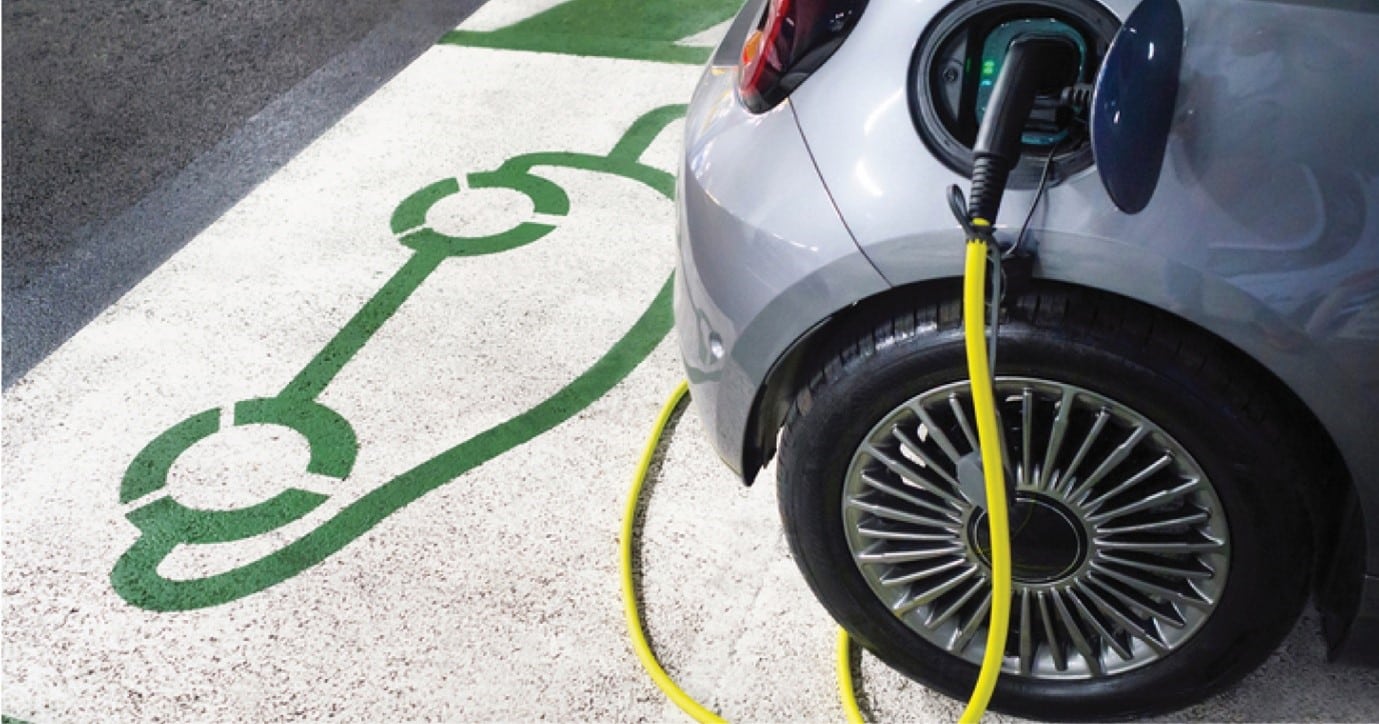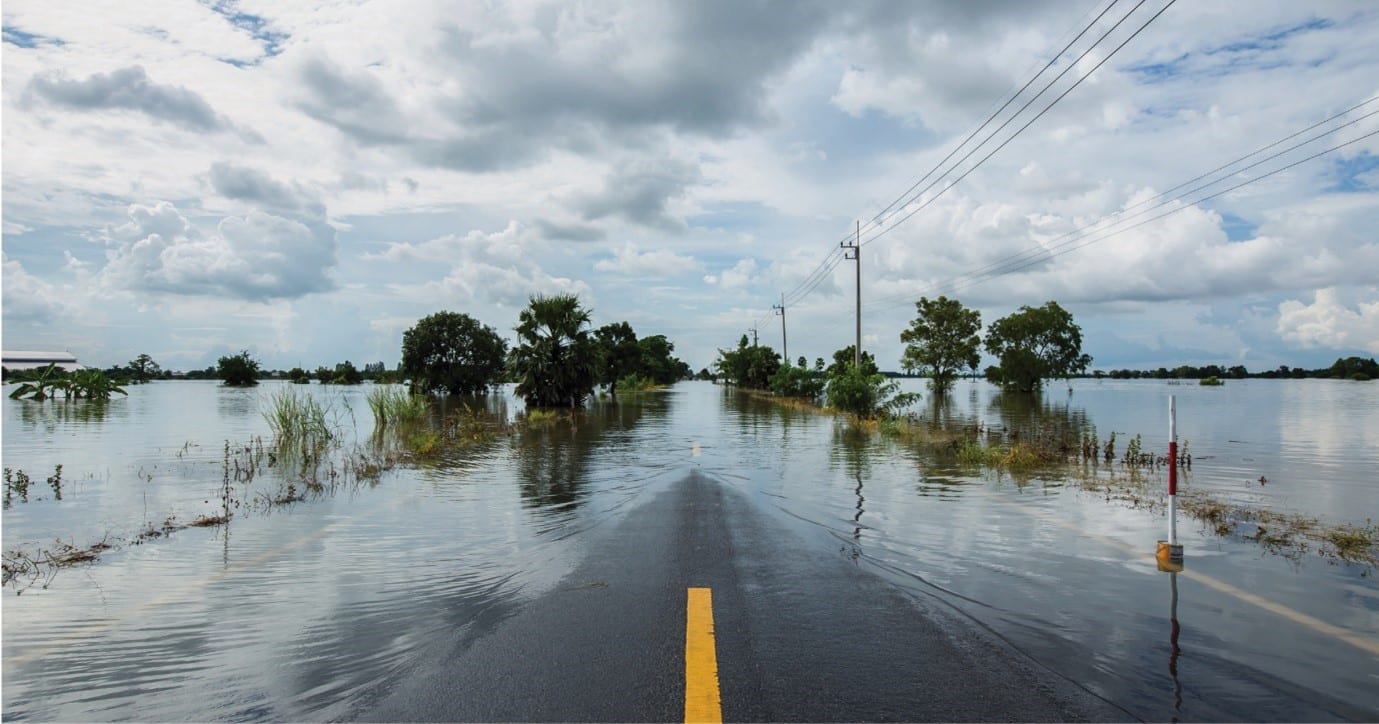Inflation and the risk of underinsurance – what every business needs to know
With Australia experiencing record levels of inflation – the annual 2022 CPI movement of 7.8% was the highest since 1990 – the cost of doing business is rising. Beyond the price of goods and services increasing, there is a secondary inflationary impact for which business owners might not be preparing – the risk of underinsurance.
Commercial property is the area with the greatest risk of being underinsured. And it’s down to inadequate sums insured (scheduled values or declared asset values).
The value of some goods and materials has increased by more than 50% since 2020, far above the headline inflation rate, and it is affecting the cost of property reinstatement.
Schedules of values for property and equipment are rapidly becoming out-of-date as prices to replace lost contents or damaged property escalate.
According to CoreLogic’s Cordell Construction Cost Index, construction costs rose 11.9% over the 2022 calendar year – the largest annual increase on record (excluding the period impacted by the introduction of the GST). The figure was significantly higher than the 7.3% recorded the previous year.
Figures from the Housing Industry Association showed the cost of building materials rose dramatically in 2022. The cost of steel products, including beams and sections and reinforcing steel, rose 42.1%. Other metal products like garage doors, aluminium windows, guttering, taps and valves were up 16.2%. Timber, board and joinery, including windows and doors, increased 20.6%. Glass and mirrors were up 14.1%. Plumbing products by 11.5%. Installed gas and electric appliances cost 2.8% more. Electrical equipment including switchboards, cables and conduit rose 13.9%. Ceramic products including clay bricks and ceramic tiles rose 12.6%. Concrete, cement and sand prices were up 3.4%. And cement products like concrete tiles and fibrous cement cost 7.1% more.
Then there’s the extra cost for trades – the Housing Industry Association’s Trades Availability Index shows there is a severe shortage of skilled trades, which is pushing up wages (up 10.4% over the September 2022 quarter).
The scarcity of materials and labour is not only increasing costs but also causing delays to the completion of work. As a result, the cost to repair and reinstate property is skyrocketing. This, in turn, means that claims for commercial property losses are costing more.
How insurers are responding
To address ‘claims inflation’, many insurers are putting restrictions into terms and conditions to limit cover and reduce their exposures. For example, the insurer may set stricter caps on any inflationary increases in payments over the scheduled values.
Likewise, many insurers are imposing averaging, or co-insurance, clauses. A co-insurance clause is standard for policies covering buildings, equipment, inventory, business contents and other property. These clauses state that the policyholder must bear a proportion of any loss if assets were insured for less than their full replacement value – basically, the clause attributes risk between the insurer and the policyholder in the event of underinsurance. If the insurer finds that the business has taken out inadequate insurance, it can reduce the settlement by the same percentage the asset is underinsured. When a proper valuation is provided, an underwriter will generally remove a co-insurance clause.
Insurers are scrutinising claims more carefully than ever, especially those of a higher value, and referring back to the sums insured. If they find the values were too low, they may not pay the full value of the claim.
Take this scenario for example: A building has a sum insured of $7.2 million. A fire occurs which damages the property (not a total loss). The insurer appoints a loss adjuster who calculates the true rebuilding cost of the property to be $9 million – which means that the building is underinsured by 20%. The cost of the loss is calculated to be $5 million but, once the insurer applies the average clause, the claim payment is reduced by the amount of underinsurance (20%), leaving the policyholder $1 million short of the full repair cost. (In a total loss scenario, the insurer would only payout a maximum of $7.2 million, leaving the policyholder to bear the uninsured balance of the loss.)
In the current environment, underwriters are scrutinising declared asset values far more closely and, in many cases, not renewing insurance policies without specific insurance valuations. Insurers are also requiring more data on how a business has determined asset valuations.
If the sums insured are too low, there is also a risk that the insurer may decide that the policyholder deliberately understated the declared values and it may refuse to acknowledge any claim at all. While this is the worst-case scenario, it can happen.
What you can do to reduce the risk of underinsurance
Most commercial businesses will require property insurance covering all risks of physical loss, damage to, or destruction of buildings, plant, equipment and contents. Declared property values are crucial to the underwriting decision because the premium is primarily calculated based on the true value of the risk.
Outdated valuations can leave your business underinsured if the cost of repairing or rebuilding your properties and replacing stock exceeds existing coverage limits.
While sums insured are usually automatically index-linked to inflation, this may not be enough to provide sufficient cover in the current climate.
In light of the high inflationary environment, sums insured need to be periodically reviewed to ensure they reflect the true costs to replace/reinstate lost or damaged property. The sums should take into account current costs for materials and labour, expected project timeframes and other considerations such as building requirements and replacing goods on a new-for-old basis.
Maintaining the accuracy of valuations is a key to effective risk management.
When reassessing your schedule of values:
- Check that the sums insured are adjusted to the latest inflation numbers and reflect the cost of rebuilding rather than the commercial value. Insurers will want to see evidence of this at renewal. They will check the values against their own indices – if your values are out, they are likely to increase premiums or impose restrictive terms.
- Use a professional valuer (quantity surveyor or similar). If insurers see a well-prepared, realistic submission, they’re much more likely to be flexible and negotiate terms.
- Rethink your insured limits to ensure they are sufficient in the current environment. Rising claims costs will erode limits quickly and insurers may only pay a proportion of claims if they find you are underinsured.
- Do not simply add a nominal 5 or 10% to last year’s valuation as it is unlikely to provide an adequate correction and could potentially expose your business to significant financial risk (uninsured exposure).
- Calculate the sums insured based on full replacement value.
- Do not base the sums on:
– market value
– bank valuation
– council rates valuation (GRV)
– book value
– second-hand purchase price of an asset
– building guides
– financial valuation reports and deducting land value.
Always seek professional advice to ensure that sums insured and cost assessments reflect the current replacement value of the asset or property. If you are underinsured, you are effectively self-insuring any gaps in cover.
Whether property, plant, stock or equipment, it is essential that your sums insured are accurate. So, it is important that you carry out a reassessment of reinstatement costs at least annually ahead of renewal or when you have made any structural changes to your property, increased stock levels or purchased new plant or equipment. Talk to your EBM Account Manager about reviewing your sums insured and ensuring that your business is properly protected against the impacts of rising inflation on your insurance covers.
‘Claims inflation’: the increased pressure over and above the normal inflation, predominantly around goods and services, that drives up costs in terms of the settlement of claims.







































